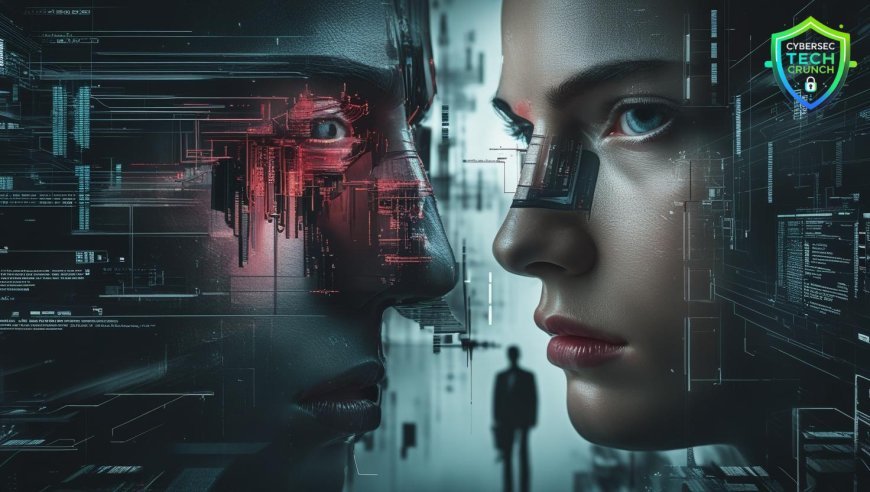Deepfakes: The Disturbing Rise of Synthetic Deception

Deepfakes: The Disturbing Rise of Synthetic Deception
It used to be that seeing was believing. A video or audio clip carried weight because it captured a moment-a real voice, a real face, a real action. But in today’s digital age, that confidence is being shaken by one of the most unnerving technological developments in recent years: deepfakes.
Deepfakes use artificial intelligence to create hyper-realistic fake videos, audio recordings, and images. With enough training data-video clips, audio snippets, photos-AI models can mimic someone’s appearance and voice so convincingly that it becomes nearly impossible to distinguish real from fake. What began as a fascinating technological curiosity has quickly evolved into a dangerous tool with far-reaching implications.
In the cybersecurity realm, deepfakes are fueling a new breed of social engineering attacks. Instead of a generic phishing email riddled with spelling mistakes, attackers can now create a video of a company’s CEO, seemingly instructing an employee to transfer funds or share sensitive data. Or they might mimic a colleague’s voice over a phone call to extract passwords. The trust we place in familiar faces and voices becomes the very thing attackers exploit.
The psychological power of deepfakes is what makes them so potent. People respond to emotional cues-eye contact, tone of voice, body language. Deepfakes simulate these with chilling accuracy, manipulating human instincts that evolved long before we imagined such technology. This opens the door not just for corporate fraud but also for political manipulation, reputational attacks, and misinformation campaigns that can ripple through societies.
And the technology is getting better-and more accessible-by the day. What once required significant computing power and expertise can now be done with consumer-grade tools and publicly available datasets. This democratization means that the bar for creating believable deepfakes is getting lower, while the potential damage is growing higher.
Defending against deepfakes isn’t just about technical solutions, though they certainly play a role. Detection tools that analyze pixel inconsistencies, voice patterns, or metadata can help, but they’re often playing catch-up. The real defense begins with awareness-training people to be skeptical of unexpected requests, even if they appear to come from a trusted source. It also involves updating verification procedures, adding multi-step approvals for sensitive actions, and using secure communication channels.
There’s also a growing need for legislation and ethical standards around the use of synthetic media. While deepfakes can be used for harmless fun or even creative storytelling, the darker potential requires clear guardrails. Platforms must do more to flag suspicious content, and organizations must develop policies to respond quickly when deepfake-based attacks occur.
Deepfakes challenge our very perception of truth. In a world where what you see or hear can be artificially generated, critical thinking becomes a frontline defense. Trust, once automatic, must now be earned-and verified.


























